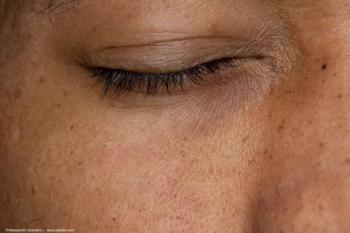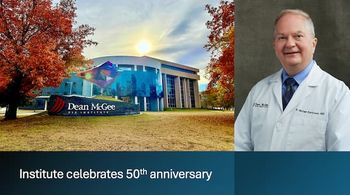
Dr. Google is in: The ups and downs of unlimited Internet information
Medical information on the Internet is available 24/7 and knows no geographic limits. Patients can educate themselves while in bed, on the sofa, or while commuting. Such access facilitates saving time, money, and embarrassment for patients in the most rapid way possible. The plus side is that they can empower themselves with additional information, possibly motivating them to make a medical appointment and making them feel more prepared for that intervention, according to Ivan Goldberg, MBBS, FRANZCO.
Sydney, Australia-Medical information on the Internet is available 24/7 and knows no geographic limits. Patients can educate themselves while in bed, on the sofa, or while commuting.
Such access facilitates saving time, money, and embarrassment for patients in the most rapid way possible. The plus side is that they can empower themselves with additional information, possibly motivating them to make a medical appointment and making them feel more prepared for that intervention, according to Ivan Goldberg, MBBS, FRANZCO.
A WebMD/Medscape Patient/Clinician Report Sept 2014: 1406 clinicians, 1102 patients (Graph courtesy of Ivan Goldberg, MBBS, FRANZCO)
“Patients’ thirst for knowledge spans the entire spectrum from zero to obsessive overload and everything in between,” said Dr. Goldberg, Eye Associates, Sydney Eye Hospital, University of Sydney, Australia. “More than three-quarters of patients believe that they should use technology to assist in their diagnosis.”
But can the machine replace a doctor?
In 2006, physicians at Princess Alexandra Hospital, Brisbane, wanted to find out if so by Googling the symptoms of 26 hard-to-diagnose cases. They selected three to five search terms from each case. The investigators found that “Dr.
The trick, Dr. Goldberg said, is to be able to recognize the URLs that are worth trusting from among the more than 1.5 billion articles that Dr. Google can provide. Good sources are especially important considering that in Australia, for example, patients spend more time web surfing than watching TV, and because 80% of the population has access to the Internet, their single biggest interest is health information.
(Photo courtesy of Ivan Goldberg, MBBS, FRANZCO)
“The sobering facts are that 5% of 9,642 multi-national health consumers surveyed used the Internet as their primary source of health information,” Dr. Goldberg said. “In the United States the percentage is 10%.
“However, 18% visited their doctors less as a result of Internet information,” he said. “This raises the question about the ramifications for health-care providers.”
To cope with this overabundance of information, physicians must recognize that patients are accessing the Internet, and offer suggestions regarding sources of information and assist patients in evaluating the information, he pointed out.
“We need to appear to be open-minded, communicate the need for individualization of management, build a therapeutic alliance, and guide resource use by suggesting appropriate sites and thoughtful incorporation,” he said.
Dr. Goldberg suggested that reliable URLs are those sponsored by the government (.gov), universities/medical schools (.edu), or those that are not-for-profit and focused on research (.org). He advised checking the posting dates, looking for balanced, concise writing styles of health and medical professionals, and avoiding sales pitches and anything the claims to work miracles or be a secret ingredient.
Newsletter
Don’t miss out—get Ophthalmology Times updates on the latest clinical advancements and expert interviews, straight to your inbox.


















































.png)


